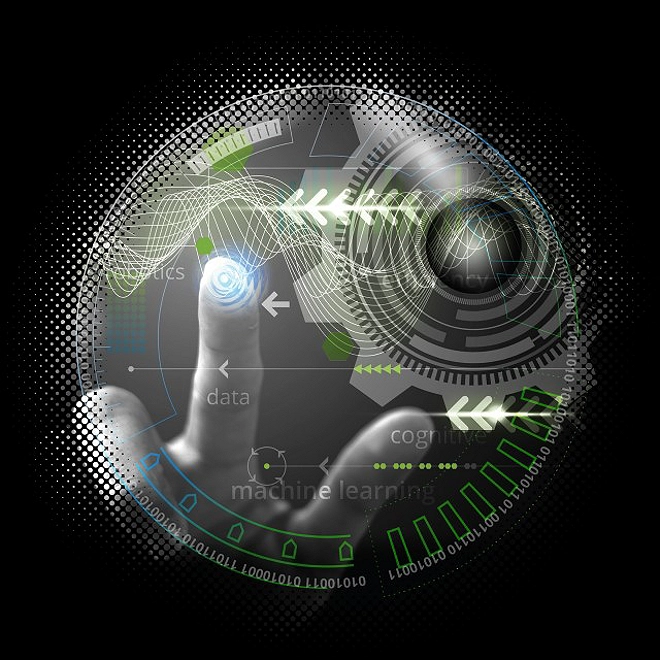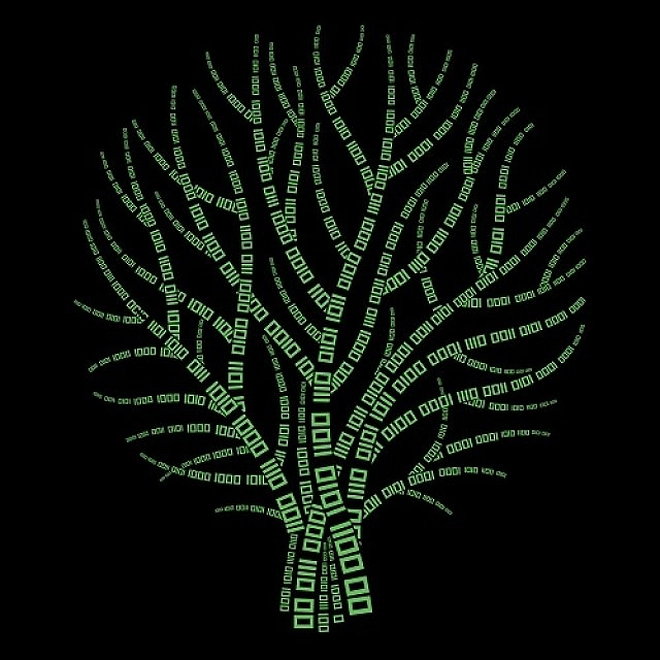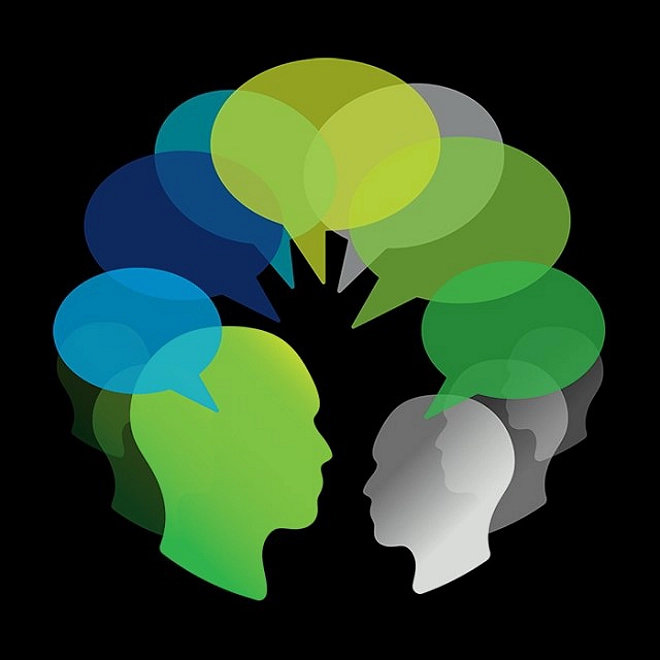The fast technological development of Life sciences and Health care and the indirect tax implications
VAT considerations as LSHC technology evolves
Evolving and personalised products
The last decade has seen tremendous technological development. Life sciences and health care are in essence innovation sectors and they are thus changing a lot. We can describe the trend as an ongoing movement toward personalisation of products and care. The market is quickly evolving and companies active in these sectors have to be agile and adapt even more rapidly. Indeed, technological changes occur and may possibly have a substantial impact on the organisation of the supply chain, the nature of the product, and even in terms of the needs of the consumers. This must go hand in hand with a wise adaptation of the indirect tax management by the business and supply chain.
For example, at the clinical level, the long-awaited personalised medicine revolution is finally arriving. This phenomenon can be defined as the tailoring of medical treatment to the individual characteristics and needs of a patient during all stages of care. With amongst other the price of personal genome sequencing falling significantly, manufacturers are increasingly focused on personalised medicine approaches. It can be seen as a disruptive technology, which creates a switch from industrial production to tailor-made production. Yet, it also triggers new indirect tax points of attention, especially in determining if the potential tailor-made drugs still are to be considered as goods or rather as a service and subsequently which VAT rates should apply to such supplies.
Many medical device therapies are now capable of being tailored to specific patient characteristics. These features include patient anatomy (e.g., size) and environment of use (e.g., intensive care unit, home use). This increasing focus on personalisation is also supported by the fast development of 3D printing technology. False teeth, hip joints and replacement knees – and potentially printable skin and organs – will drive growth in the burgeoning market for 3D printers in the near future. Indirect tax issues may occur if transitioning to 3D printing is done without reflecting on the related tax considerations. Is VAT recoverable for hospitals purchasing 3D printers? Could 3D printers constitute permanent establishment for VAT purposes? An important aspect also to take into consideration is the future VAT treatment of the printed implants/drugs. It remains unclear how to classify them. New policies are required to determine under which category of services or goods these printed items will fall. From a customs point of view, while the raw materials and components used in 3D printers certainly may still cross borders as it used to be, more of a product value will be defined by the digital blueprints that invisibly traverse the globe. In this regard, the raw materials may be lower in value than parts or products that would otherwise incur customs duties.
Digitalisation of the market
The overall technological leap forward generates opportunities and developments in the design of new products. Yet, it also has a substantial impact on the market and the supply chain organisation. Innovations, such as the Internet of Things (IoT), mobile health technologies and blockchain are reshaping the life sciences and health care markets, which are moving toward an increased digitalisation. The needs of consumers are changing as well, as evidenced by the exponential developments of applications related to health or the normalisation of e-medicine.
The availability of data in the world is also linked to the spread of IoT technologies. IoT can be defined as a technology allowing everyday physical objects to be connected to the internet and to be able to identify themselves to other devices1, also leading to the production of sensor based data. Many important logistics players already started adopting IoT technologies for managing their warehouses and trade processes2. IoT could particularly be helpful, within the customs domain, to automate processes and collect rapidly a wide amount of data on physical goods crossing borders. It would facilitate the control of the supply chains and the cross border movement of goods.
Another addition to the already well-stocked toolbox of companies is blockchain, which is a record or ledger of digital events. The specific event is distributed between many different parties. Blockchain can only be updated by consensus of a majority of the system participants. Once entered, information can never be erased. Every single transaction is contained in a certain and verifiable record.
Blockchain has the potential to meet the industry demands in innovation, regulatory compliance, care delivery, costs and address key challenges both for the life sciences and the health care industries. For example, blockchain may be of substantial interest to the pharmaceutical industry for giving their products greater traceability after dispatching. There sometimes is a lack of information over the transportation route, delivery time and the transport conditions. Blockchain technology could allow manufacturers to establish a drug’s supply chain footprint. By having intermediaries add product status updates, a retailer would be able to authenticate the drug and finalise the drug’s supply chain footprint.
An audit trail and a holistic view of the supply chain journey can be created on the blockchain. This forward-looking solution would enable full drug traceability from inception to consumption while adhering to ‘trace & track’ regulation. It also appears to be beneficial for the consumer who should be able to trace back the origin of the drug on the blockchain and ensure the authenticity of it. However, this emerging technology presents many more potential developments for the life sciences and healthcare sectors.
Besides these forward-looking technologies facilitating production and traceability of products, new consumer needs emerge, like e-medicine. The deployment of such services is galloping with the continuous development of telecommunications. The shortage of physicians in rural and remote areas generates an opportunity for e-medicine to increase its services to millions of patients. This widespread deployment of services will continue at a rapid pace in the future as well. The exponential development of e-medicine applications is surging due to the high prevalence of chronic diseases, consistent need for improved quality services and rising elderly population across countries, which urge e-medicine to deliver improved products with higher patient satisfaction. Yet, it raises questions regarding the VAT treatment of these kinds of services, such as: Where to levy the VAT? Are these services exempt or not? Do reduced rates apply to these services?
It is important for Indirect tax specialists to monitor these developments and as such anticipate to the impact.
1 See: https://www.techopedia.com/definition/28247/internet-of-things-iot
2 See for instance: http://www.dhl.com/en/press/releases/releases_2015/logistics/dhl_successfully_tests_augmented_reality_application_in_warehouse.html



